Description
Dryopteris sieboldii
Dryopteris sieboldii is a most unusual fern with magnificent and oddly shaped fronds that mark it out as quite distinct from any other Dryopteris. The leaves have a leathery quality with 2-5 pairs of broad pinnae and a long pointed terminal pinnule. (a further subdivision of the primary leaflets, known as the pinnae). It requires adequate moisture and a sheltered position as it is not bone-hardy in every Winter (covering the crown would help greatly in very cold Winters). In a choice position it can remain evergreen, but it will become deciduous as a protective measure against the cold. Use the old fronds as protection for the crown. It is slow to bulk up and propagate but well worth the wait. fronds eventually get 20-50 by 20-35cm and the rhizome will gradually creep. From japan and Taiwan. Zone 8, which includes most of England and Wales and the West coast of Scotland.
Ferns
The cultivation of ferns is a huge subject, way beyond the scope of the few words I will write here. However I’ll do my best to give some notes on each genus and its peculiarities of cultivation and any other information that strikes me as interesting.
The craze for growing ferns originates in the Victorian age, gaining momentum in the latter half of the 19th Century. Fuelled by and explosion of literature Victorians went forth into the countryside to study and collect native specimens by the armful. Just as there was huge interest, so a multitude of varieties and variations were spotted, collected and names. Many, many are now lost, but some still remain and can frequently be identified by the now outlawed Latinised cultivar names such as Polystichum setiferum ‘Plumosum Densum’.
Whilst most ferns enjoy misture and a soil that never dries out completely, the requirement for water is not as necessary as many might believe. In fact, the list of ferns that enjoy a boggy site is probably much smaller than a list of those that will tolerate a dry site. Athyrium, Osmunda and Matteuccia are amongst the wettest lovers. Try these pages for more information on moisture requirements.
A generalisation would be that ferns like a fertile soil with good drainage. Many grow very well on shady banks. They frequently do best in bright shade, with most ferns being able to take a reasonable amount of sun providing that they do not endure full sun during the middle of the day. Asplenium is perhaps the most notable exception, with its leaves sometimes scorching.
As regards PH, most ferns will grow quite happily in any soil that doesn’t have and extreme of either acidity or alkalinity. If you were to rank them, Dryopteris, Athyrium and Osmunda would prefer a soil on the acid side, with Polystichum and Asplenium preferring in t alkaline. This however should be taken a s a guide not a strict prescription.
So to sum up, provided you can avoid a sunny South facing bank, or dry site on sand, you are likely to have success with ferns in a wide range of positions and soils. You might like to look at the following two pages to help refine your choices.
Male Ferns. This is a genus of robust ferns which vary from the evergreen through to the deciduous. Many are highly suitable for dry sites, with Dryopteris dilitata being a notable exception. Species like Dryopteris affinis have beautifully coloured fronds in spring, opening yellow with golden scales on the rachis. Dryopteris erythrosora and Dryopteris lepidopoda both from the Far East have fronds that emerge in gorgeous russet tones, only gradually fading through yellow to green. They are some of the least demanding and most worthy large ferns.
The ashes of the Male fern, in common with Bracken, have been used in the production of soaps as well as finding use in glassmaking. In times of hardship, the young fronds have been eaten like asparagus and the Norwegians in desperation have added them to bread and beer in past times.
Dryopyeris derives from the Greek ‘drys’ = oak and ‘pteris’ = fern.




















































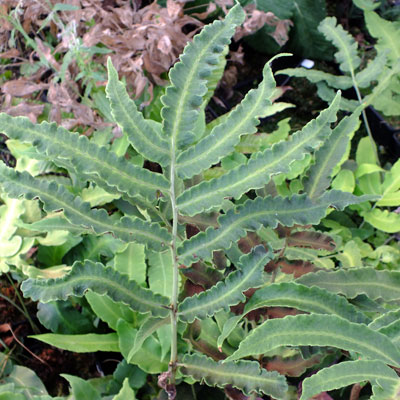
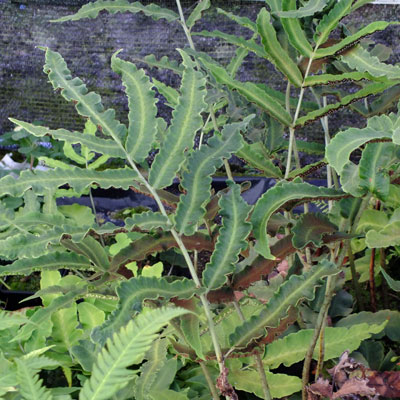


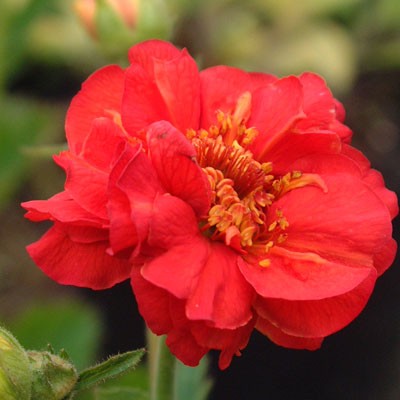



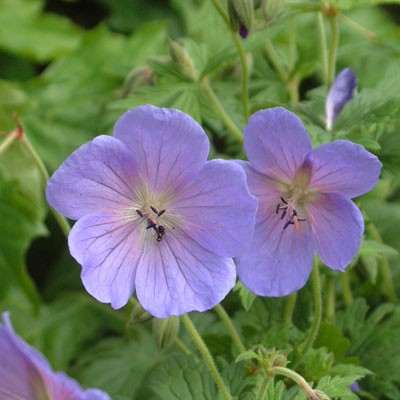
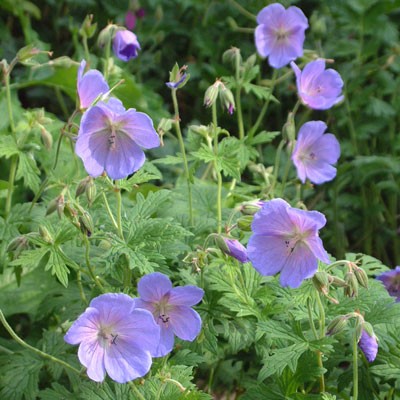
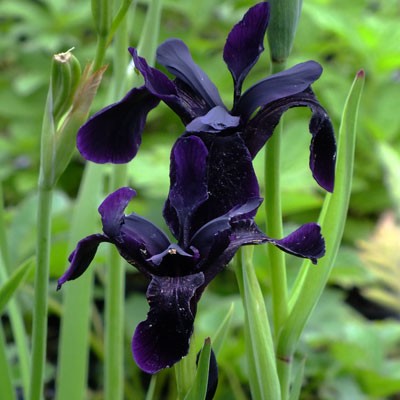
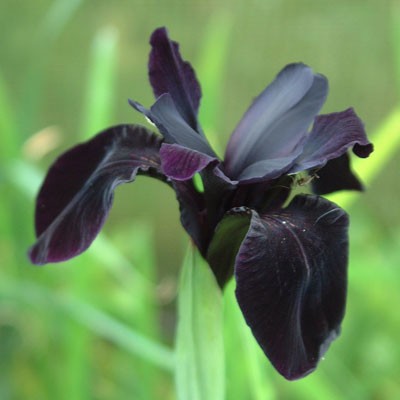
Reviews
There are no reviews yet.